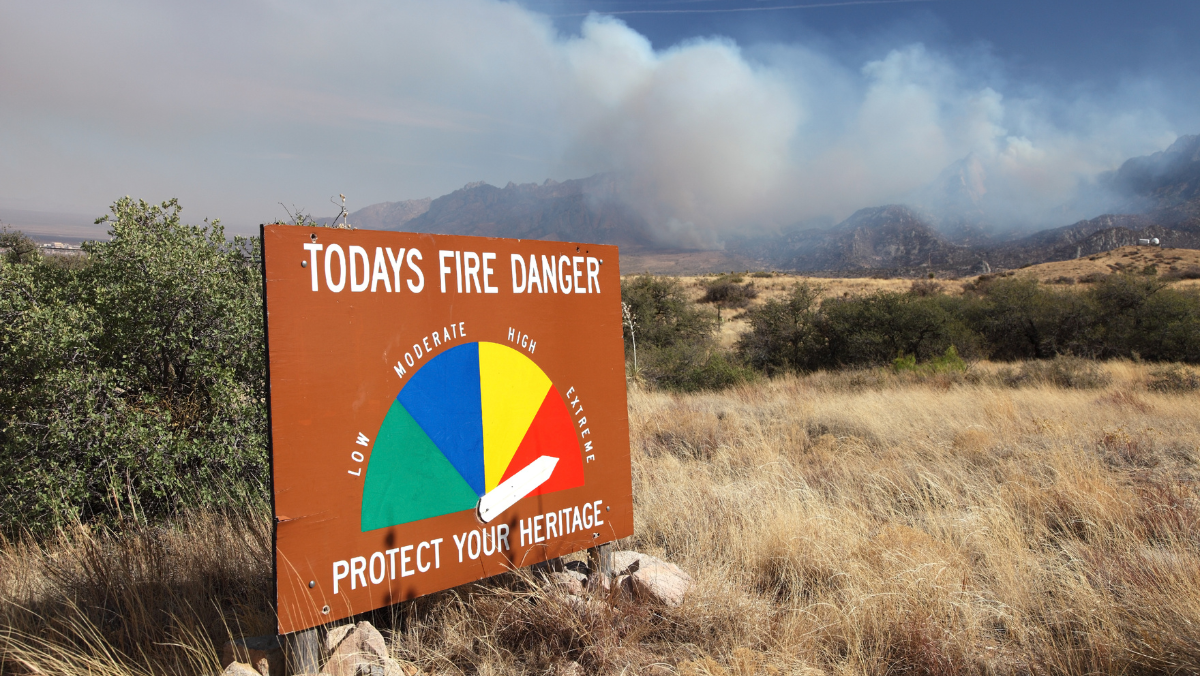How to Protect Your Family & Home From Wildfires
Fire risk is a huge concern August - October! 🔥 These months can be hot, dry and windy in Sonoma County. Now is a GREAT time to put together an emergency kit (see image below for ideas) and to come up with an evacuation plan for your family and pets. We also recommend implementing informed landscape practices, and creating zones of defensible space. This will help ensure your property is more fire resilient, beautiful and a safer habitat for wildlife. Most house fires are caused by flying embers, not oncoming walls of flames. Embers that land on or near your house can easily ignite plants, mulch, dry leaves or stored items. The first step is to harden your home. This means giving careful consideration to the roof, vents, decks, windows and eaves. For specific actions you can take, check out the University of California Agriculture and natural Resources’ “Preparing Your Home” guide: bit.ly/3Brg4nM. Next, create defensible spaces around your home. This doesn’t mean taking out all trees and plants and replacing them with rocks, leaving you with a moonscape. It means making thoughtful choices about what to keep next to your home and how to maintain your property. Defensible space guidelines define three ignition zones within 100 feet of your home: Zone 0: 5 feet around your home, decks and outbuildings, often called “the ember defense zone” Zone 1: 5 - 30 feet around your home, or to the property line Zone 2: 30 - 100 feet around your home, or to the property line In Zone 0, the ember defense zone, here are some actions you can take to create defensible space: Minimize and remove plants, especially under vents and eaves, and in front of windows and sliding doors. If you live in a highly fire-prone area with greater risk, adjacent to a wildland-urban interface or on a slope, remove all organic materials from this zone. Keep the roof and rain gutters of your home or any outbuildings free of debris, such as leaves or needles. Remove combustible materials like mulches, and replace them with inorganic materials, like gravel or stepping stones. In Zone 1: Create “islands” of plants with organic mulch that are separated by nonflammable materials, such as gravel, pavers or flagstone. Optimally, plant materials in this zone are 3 feet tall or less and primarily perennial, not woody. Using specimen (or individual) shrubs or trees is recommended. Prune all trees and shrubs to reduce combustible material and control their size...

